The basic principle of photography is using a camera to capture a photo. It couldn’t be more straightforward. But photography is a broad genre that branches into many separate disciplines.
There are many different types of photography. And if you’re picking up a camera for the first time, it can be confusing. There are so many styles and categories that you might not know which to choose.
Expert Photography is here to give you all the information you need. We’ll use this article to detail all the types of photography you should know. There are links to more in-depth articles on each subject so you can confidently explore. And you can delve even deeper with our photography eBooks and courses.
It might seem like a lot to get your head around 59 types of photography. But we’ve broken the list down into separate categories for easy digestion:
We’re starting the list with the types of photography defined by the camera we use, mainly digital and film. We’ll then look at people photography. This category looks at all the types of photography that involve people as the main subject.
The next step on our photography journey is nature photography. We look at photography types that turn the lens to the natural world. Then, we dive into reportage photography. They’re the types of photography that involve exploration and discovery.
Artistic photography is the next step on our journey. The artistic types of photography search for aesthetic beauty and purity of image. They often involve special photography techniques.
The final section of our list is photography for business. Any photography can become your business, but this section looks at the types of photography used to sell products or services.
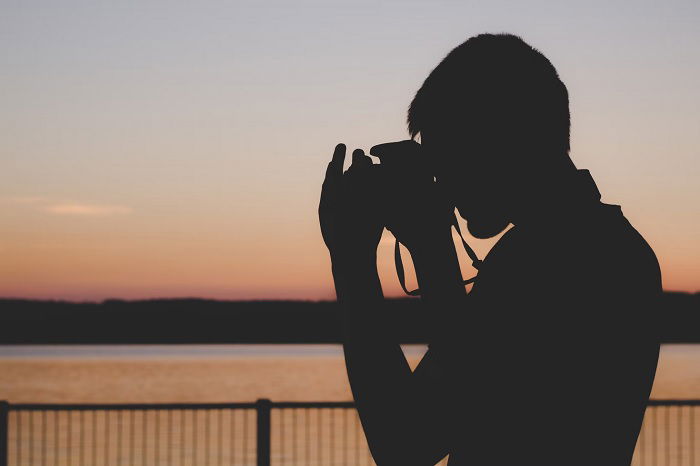
Photo by Andrik Langfield
While you can use any camera or lens for any photography, there are a few differences worth noting. These will help you decide which photography path you want to take.
Digital cameras rule the photography world. Professional photographers use digital cameras for every type of photography. Digital technology is outstanding and produces superb results.
Beyond producing amazing images, digital cameras offer many conveniences for busy photographers. You’re not limited to 36 shots per roll as you are with analog cameras. You can shoot hundreds of shots, only worrying about filling your SD card.
Digital photography also has more editing options readily available. Shooting in RAW digital format gives you incredible options with editing software. You can enhance, adjust, and manipulate any characteristics you like.
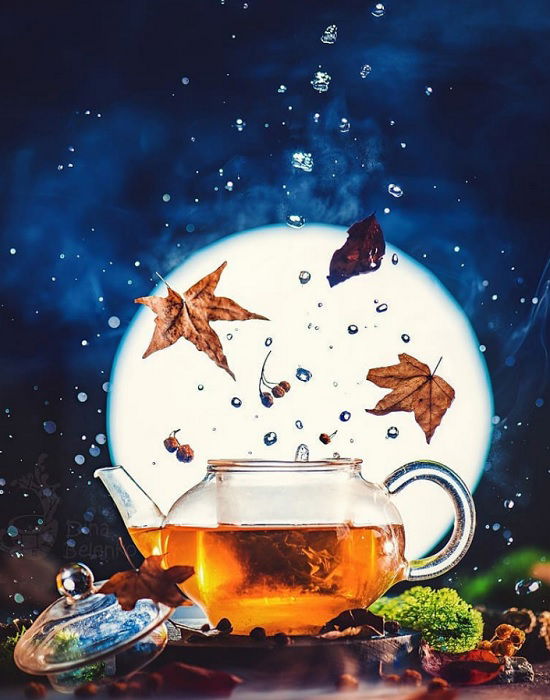
© Dina Belenko (Instagram), creator of our Creative Photography Cookbook
Film photography looked like it was on the way out. Digital was taking over the world. But film is far from dead, and the analog camera revival is underway.
Photographers of all types are returning to shooting with film. While many were turned off by the limitations and quirks of analog photography, the modern film shooter sees them as part of the fun.
Film photography has a magical quality that digital can’t replicate. There’s a chemical reaction when light hits the film emulsion. And there’s suspense and mystery as you must wait to see the results. You can’t check and re-shoot after every shot. You have to trust your skills and hope for the best.
Check out our list of the best film photographers for inspiration.
You can run an entire photo business from your phone these days. The phone can do everything, including taking pictures. Phone companies put a lot of effort into developing their smartphone cameras, which is paying off.
The standard photo and editing apps are getting better all the time. But there are also excellent AI camera apps, giving you more creative control. You can take professional-standard photos on any Android or Apple device.
Our smartphone photography article is the best place to start if you want to learn more.
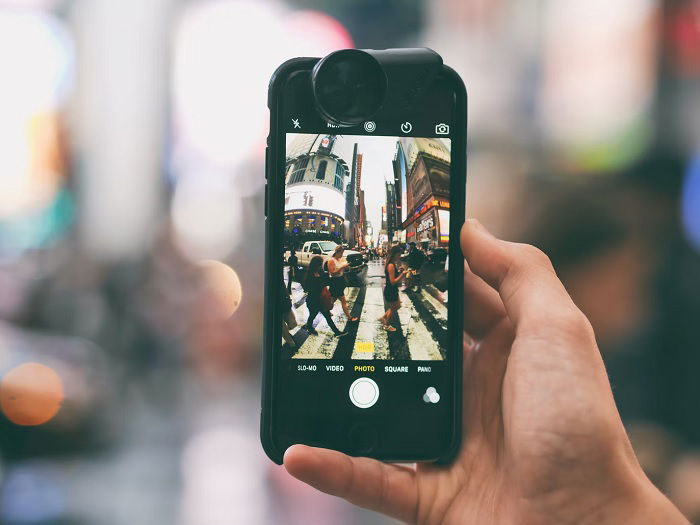
Photo by Aaron Burden
Drones opened up a new world of possibilities for photographers. Now, they can capture stunning aerial photography shots without your feet leaving the ground.
You can achieve once-impossible images with a camera attached to a flying drone. And as drones become cheaper and more accessible, drone photography has increased in popularity.
Click this link to see our full guide on drone photography.
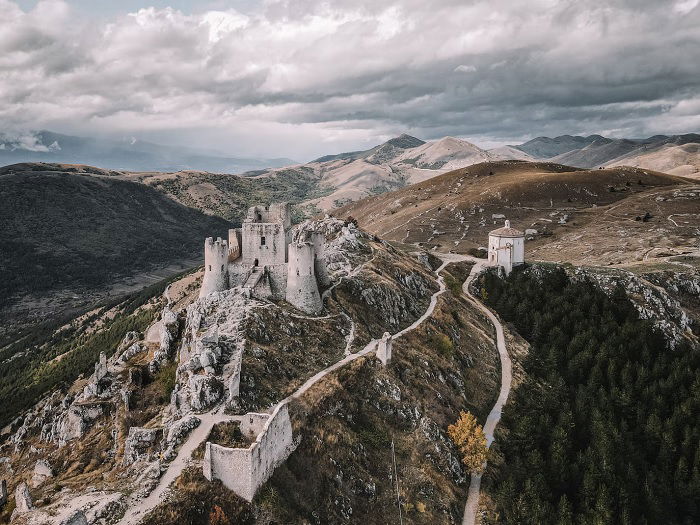
Photo by Federico Di Dio
Tilt-shift photography usually requires a tilt-shift lens. A tilt-shift lens gives you more control over perspective. They’re expensive pieces of equipment. But they’re popular with architectural and real estate photographers.
Some cameras have a built-in tilt-shift editing function. And some photo editing software lets you transform your images into tilt-shift images.
Learn more about tilt-shift photography right here.
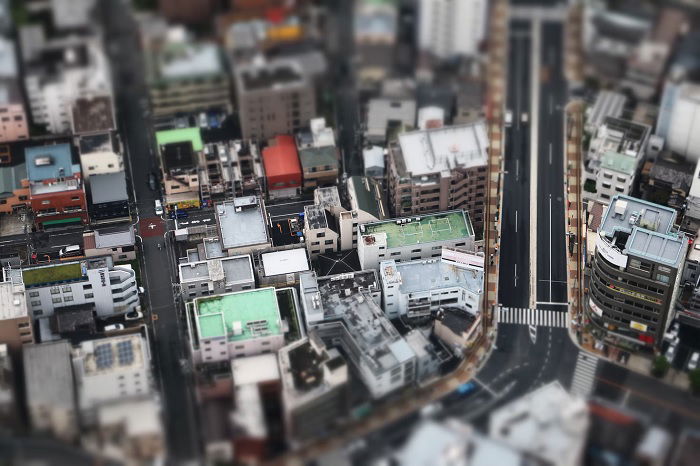
Photo by Matt Milton
With pinhole photography, you don’t even need a camera. You can make a pinhole camera using an old tin or container. You need something lightproof. Then you make a hole in the side of it with a pin. You also need a piece of tape to put over the hole. But that’s your basic camera.
Next, go to a darkroom and place a piece of photo paper in your homemade camera. Close the lid and cover the hole with tape. Go outside and find something to take a picture of. Make sure the hole is facing the scene and remove the tape.
The light will go through the hole and expose the paper. After a second or two, cover the hole back up with the tape. Return to the darkroom and develop the paper. That’s it!
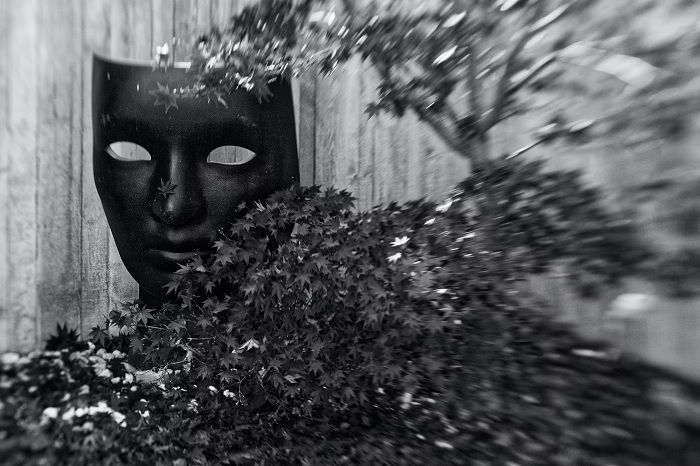
Photo by Miro Polca
This section looks at the types of photography with people as their main subjects. People play a huge part in our lives, so these are some of the most popular and profitable types of photography.
Portraiture is one of the oldest types of photography. Since the invention of the camera, it has been used to capture people throughout history.
Technology has changed, but portraiture remains one of the most popular types of photography. We love personal storytelling. And there aren’t many art forms more personal than portrait photography.
Portrait photography is a feature of other types of photography. Photographers use portraits for fashion and fantasy photography. You’ll also find portraits in photojournalism and documentary photography.
See our extensive list of famous portrait photographers for inspiration. We also have a list of the best contemporary portrait photographers, so you can see the artists carrying the touch for this wonderful art form.
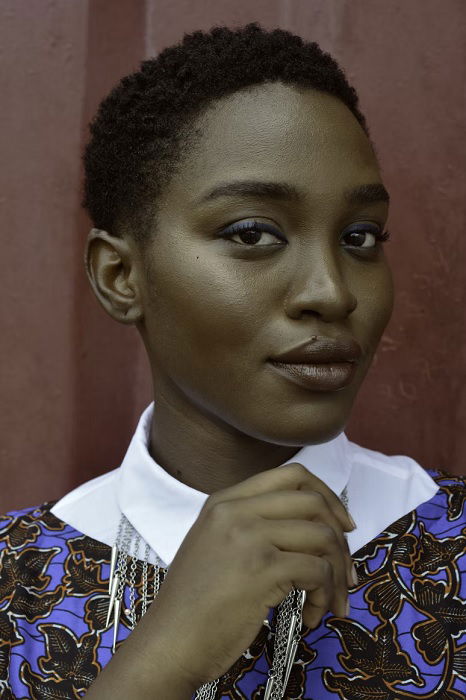
Photo by Prince Akachi
With the rise of social media, self-portrait photography lost some of its reputation. The self-portrait became the selfie. And now it’s more associated with Instagram than the National Portrait Gallery.
But self-portrait photography still deserve our attention. They’re an excellent way of exploring yourself and creating characters. Here are some fabulous self-portrait photographers to get you inspired.
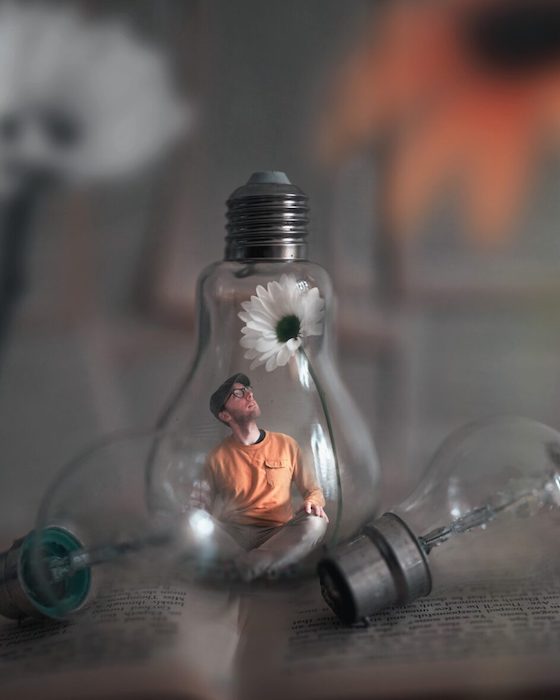
© Joel Robison (Instagram), our Fantastic Photo Adventures video course creator.
Weddings are big business. And so is wedding photography. This type of photography is one of the best ways to make money as a photographer. And it can be great fun, too.
A wedding is a special day in people’s lives. And the bride and groom want excellent photos as a reminder of that magical day. This is something people will pay for if it’s done well.
Wedding photography involves portraits of families and friends. And there’s an element of documentary photography when recording the special day. You can also be creative with set design and poses.
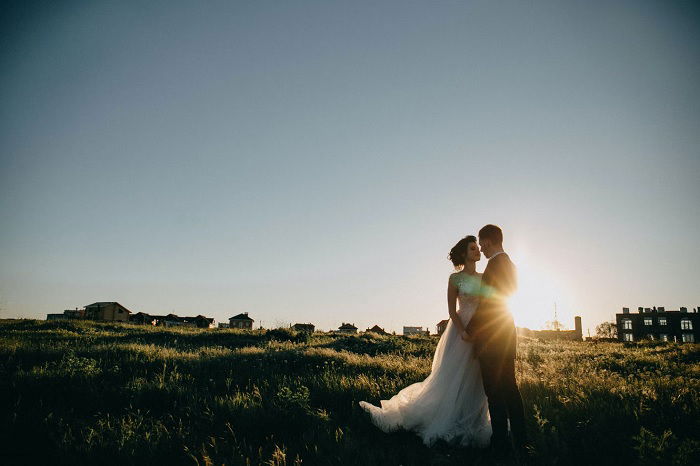
Photo by Anna Vi
Sports are played by thousands and watched by millions. And the more popular sport becomes, the more sports photographers are needed.
Sports photography captures the action on the field, track, or pitch. There’s a lot of skill in capturing the highs and lows of the sporting drama. You have to know your sport. And you need the correct settings on your camera.

Photo by Jeffrey F. Lin
Music photography can involve shooting live concerts or festivals. Or perhaps you might be doing promotional shots for a band or artist. Music photography work can be published in magazines and online. Or it can be used for album artwork.
Music photography can be great fun if you’re a music fan. Play your cards right… You could get a front-row seat or a backstage pass. But it’s hard work, so you need to be dedicated.
Our article on music photographers is a great starting point if you need some inspiration.
Event photography can overlap with other photography types. But event photography deserves its own section because it requires a broad skill set. Event photographers cover many different events, from music festivals to athletics championships.
Event photographers are a versatile bunch. They need to be able to shoot a speaking event on Tuesday and an art fair on Wednesday. The gig can be any event, so they must be ready with their camera.
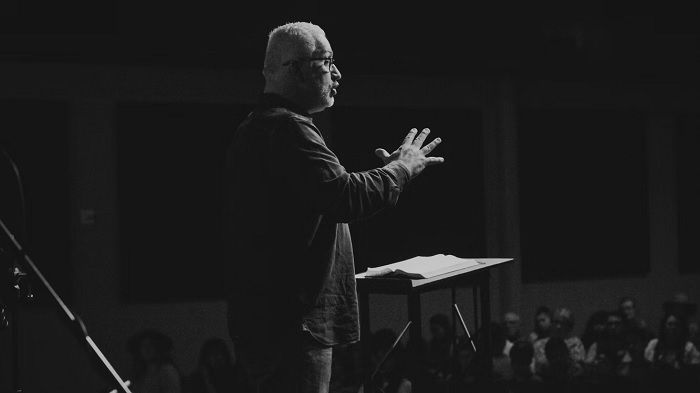
Photo by Kristina Paparo
Fashion photography is a blend of portrait and product photography. But it’s much more than taking pictures of models in clothes. It’s about creating images that portray a lifestyle. It’s not just the clothes. It’s the person wearing them.
A fashion photographer might photograph models on a catwalk. Or they might be developing concepts for advertising campaigns. The fashion industry looks fun and glamorous, but being a fashion photographer is hard work.
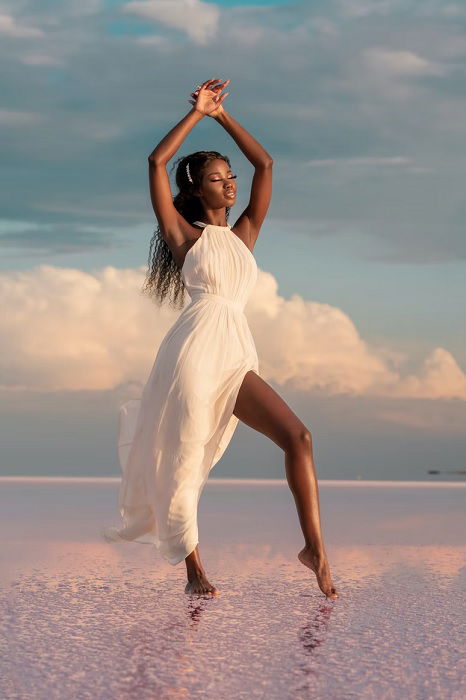
Photo by Vladimir Yalizarov
Family photography is big business. Many families want to treasure moments with the ones they love. And the family photographer needs to create those magic moments with their camera.
Family photography can involve portraits at home or in a studio. Or they can be candid shots in a special location.
Sometimes, it will be the whole family and other times, it will be the parents or the siblings together. It often depends on what the family wants. But there’s plenty of room for creative family photo ideas, too.
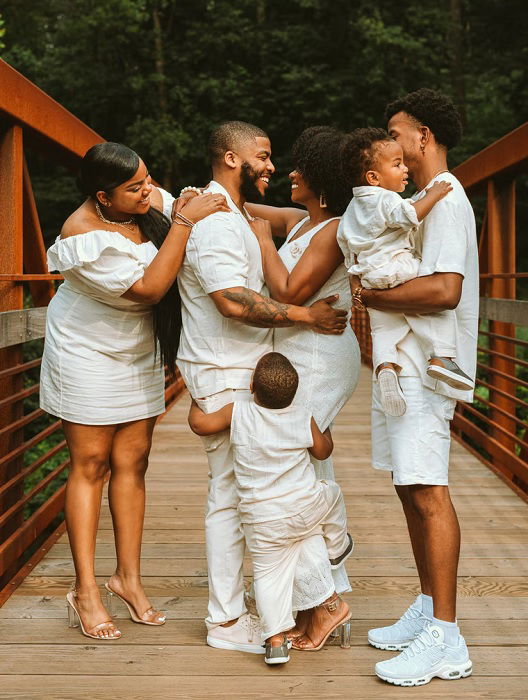
Photo by Dylan Sauerwein
Child photography can be the most fun and stressful job in the world. But if you can cope with an occasional tantrum or crying fit, child photography is a rewarding profession.
Perhaps I’m stating the obvious, but child photographers must be good with kids. But they also need to enjoy their company. This will put everyone in a good mood. And you’ll be able to create photos the parents will treasure.
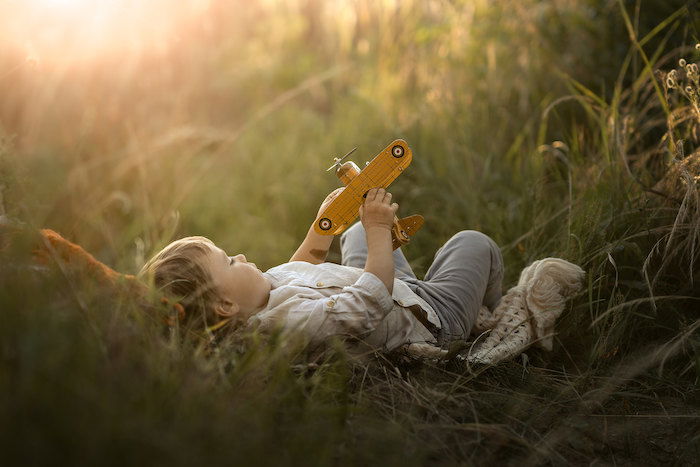
© Iwona Podlasińska (Instagram), creator of our Dreamy Childhood Portraits eBook and Magical Childhood Moments video course.
Newborn photography is different from child photography. It requires a separate set of skills and considerations. Kids can be loud, energetic, and boisterous. But newborns are far more fragile, and you need a delicate touch.
You can have lots of fun with newborn photoshoots. You can go for candid shots with the new parents. Or you can get creative with sets and cute costumes. And it’s a viable business option as parents are keen to snap those brief early moments.
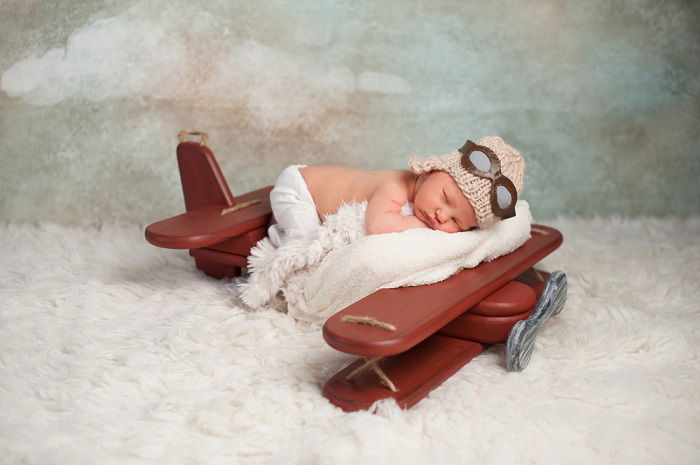
Photo by Katrina Elena
Headshot photography does have a lot in common with portrait photography. But headshots are specifically for professional purposes.
They’re photos used by actors and young professionals on their profiles and applications. And people will pay good money for quality headshots.
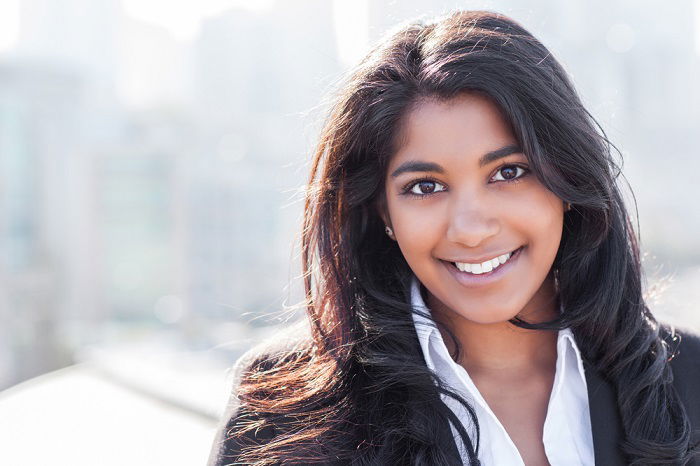
Photo by Arema Foto
This type of photography is for grown-ups. Boudoir photography is the art of taking sexy and sensual photos. But they don’t have to be explicit. Boudoir often includes lingerie, so there’s a crossover between fashion and product photography.
Boudoir photography is about making the subject look and feel sexy, no matter who they are. You could be working with professional models. Or it could be a client wanting to spice up their relationship.
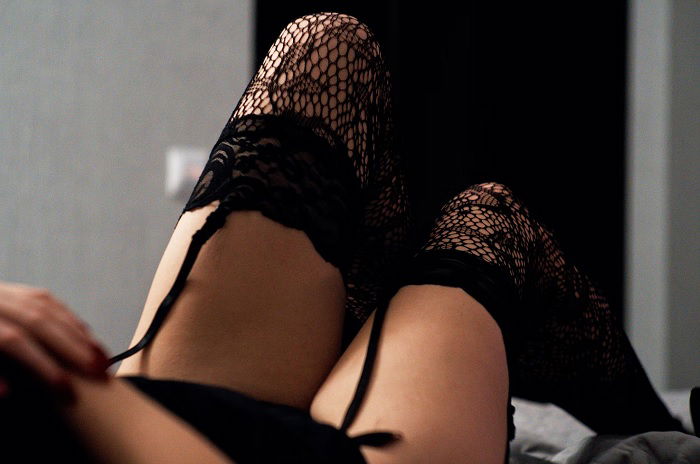
Photo by Artem Labunsky
Glamor photography is more explicit than boudoir. It’s also sexy and sensual but leaves less to the imagination. It usually involves female models. And the main aim is sex appeal.
Despite the demise of institutions like Playboy and Page 3, glamor photography is having a revival. Young photographers like Carianne Older are indulging in its flashy nature. They’ve gone full kitsch with an in-your-face aesthetic.
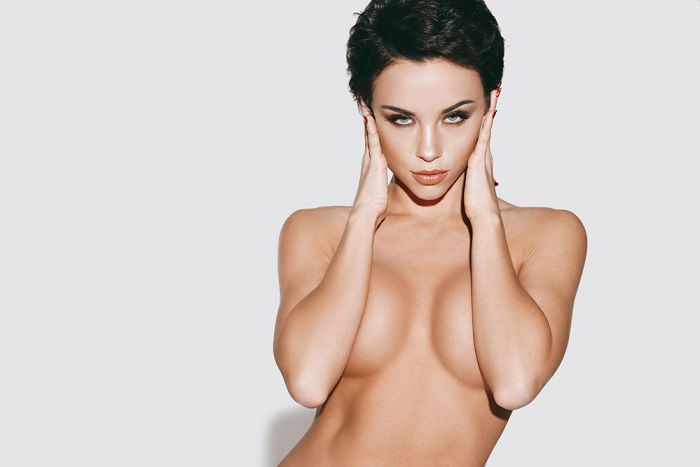
Photo by Alla Serebrina
The next category looks at types of photography centered around the natural world. Earth is a beautiful place. And many types of photography celebrate the landscapes, flora, and fauna of our native planet.
Nature photography is a specific type of photography in it’s own right. It includes aspects of landscape and wildlife, but has a wider scope.
Nature photographers look at how plants and animals interact and coexist within their habitats. It looks at all things together, rather than separating them out into smaller subjects.
Landscape photography is the study of the textured surface of the Earth. And it features images of natural scenes from all over the globe. Landscape photos can capture deserts, rocky mountains, or lush hillsides. They can be grand or more intimate images.
Landscape photography is as old as the camera itself and is one of the first types of photography. And it’s still one of the most popular types of photography. You can advance your landscape photography with a bit of editing, too.
See our Landscape Photographers post for more spectacular examples.
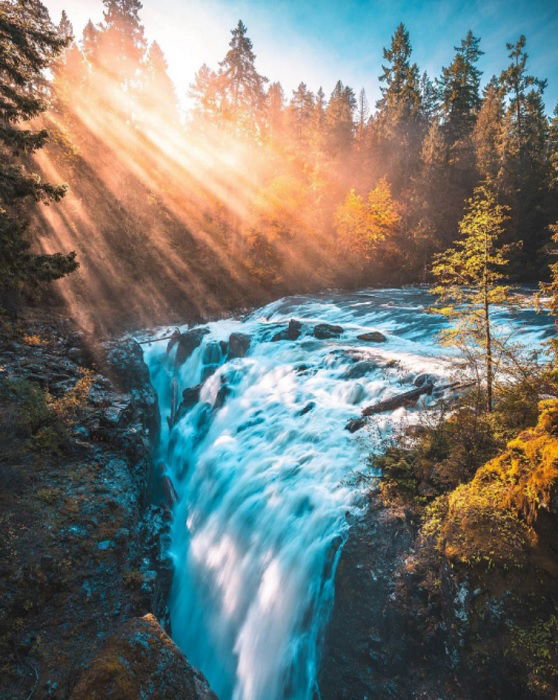
© Zach Doehler (Instagram), creator of our Epic Landscape Editing video course.
Wildlife photography looks at the wonderful subject of animals in the wild. This type of photography involves patience and concentration. And when wildlife photography is done well, the photos can be magical.
Only the lucky few get to travel to exotic locations to see the greatest beasts in the wild. Wildlife photographers allow us to see magnificent creatures from the most remote locations. Without them, we’d never see an elephant or a tiger in the wild.
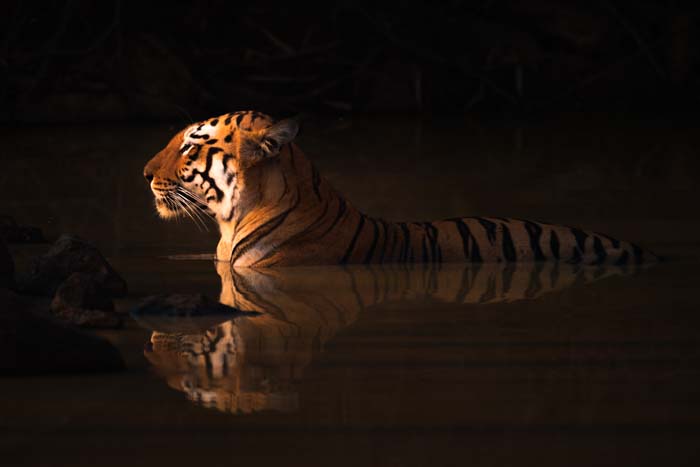
© Nick Dale (Instagram), creator of our Wonderful Wildlife eBook.
Bird photography may sound like a section of wildlife photography. And birds are wildlife. But many fantastic photographers dedicate themselves to documenting birds in the wild.
Bird photography requires precision with the camera and a lot of patience. And when you get it right, the results are fantastic. Birds are some of the most interesting and beautiful creatures in the natural world. And bird photography is a celebration of that.
Click on our Bird Photographers article to see the masters at work.
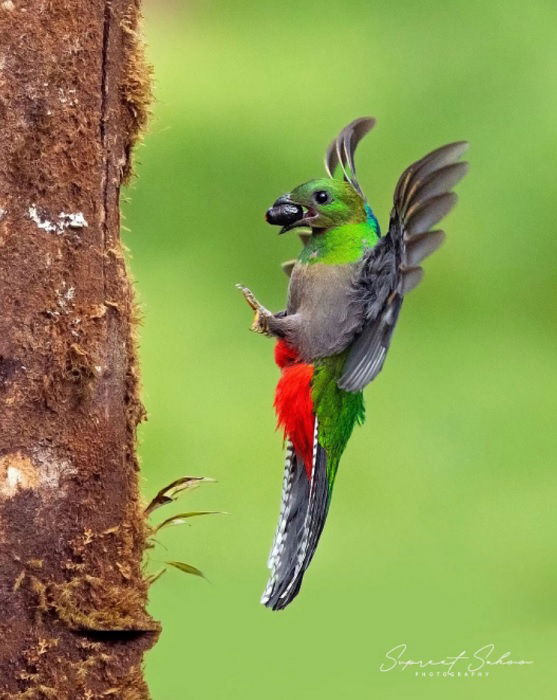
© Supreet Sahoo
Environmental photography is a form of photojournalism that focuses on the state of the natural world. Climate breakdown has started in earnest, and climate-related stories are filling out news feeds more and more.
Environmental photographers have an important role to play. By documenting, first hand, the ways in which the climate of the planet is changing and collapsing, these photographers keep us abreast of what’s happening across the globe.
Pet photography isn’t strictly nature photography. Pets are domesticated, and the discipline overlaps with family photography. But despite being our friends and companions, our pets are animals, too.
Dog portraits are very popular with dog owners. These can be the dog on their own or include other pets. They can even include members of the family. But pet photography isn’t limited to dogs. You can’t forget cats, rabbits, horses, and tortoises.
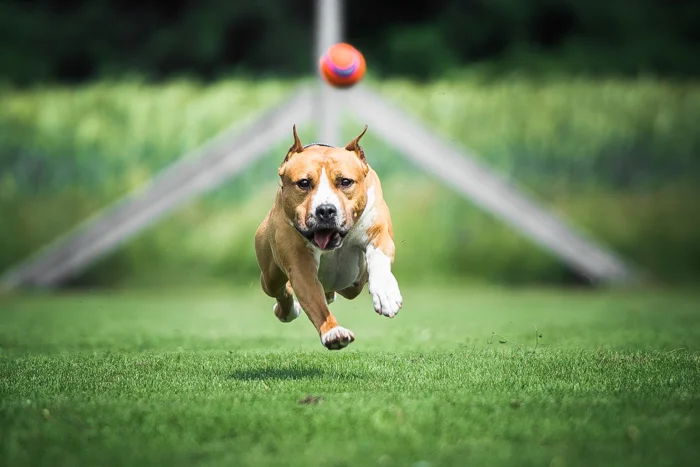
© Tamara Kedves (Instagram), creator of our Perfect Pawtraits eBook.
Macro photography is the art of photographing the minuscule. Using a special macro lens, you can capture even the smallest creatures with your camera.
Macro photography isn’t exclusive to nature photography. You can use macro lenses to document anything. But it is commonly used to study insects and other tiny lifeforms.
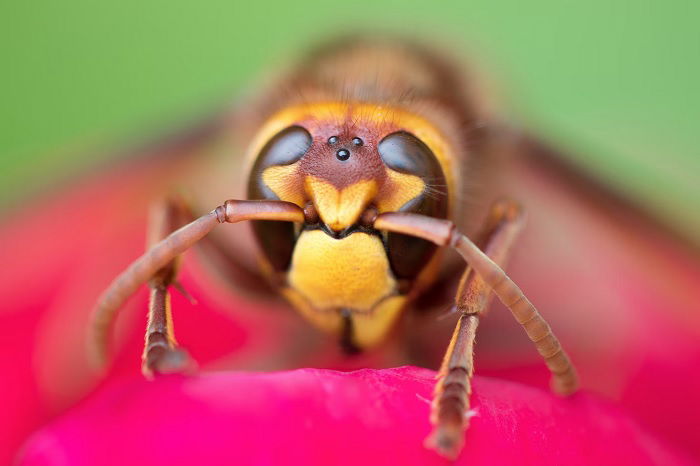
Photo by Hamish Secrett
We can all agree that there’s nothing quite like a beautiful sunset. But sunsets don’t last long, so you must take the picture before you’re left in darkness.
Capturing the beauty of a sunset in a digital image isn’t easy. They can often appear flat and dull. Sunset photography requires skill, patience, and knowledge. That’s why sunset photography is considered a unique type of photography.
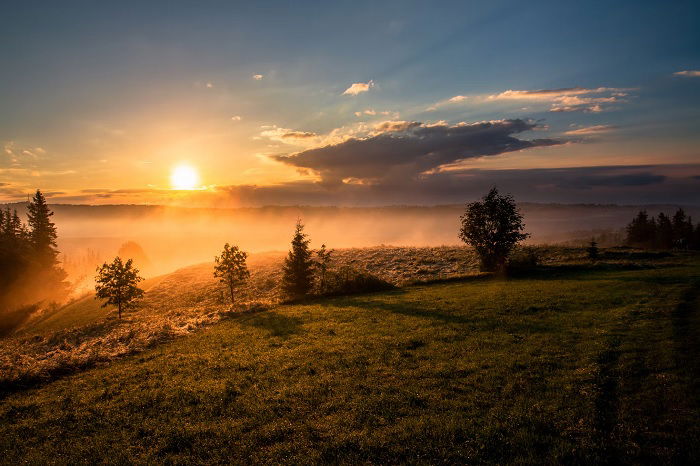
Photo by David Zawila
Ocean photography is a subcategory of landscape photography. But this type of photography focuses on the beauty of seas and oceans rather than land.
Seas, oceans, and coastal areas offer an excellent variety of scenes. And the behavior of the seas is ever-changing, so the possibilities are endless. You can shoot ocean photography from land or a boat. And drones give you another option for shooting the sea.
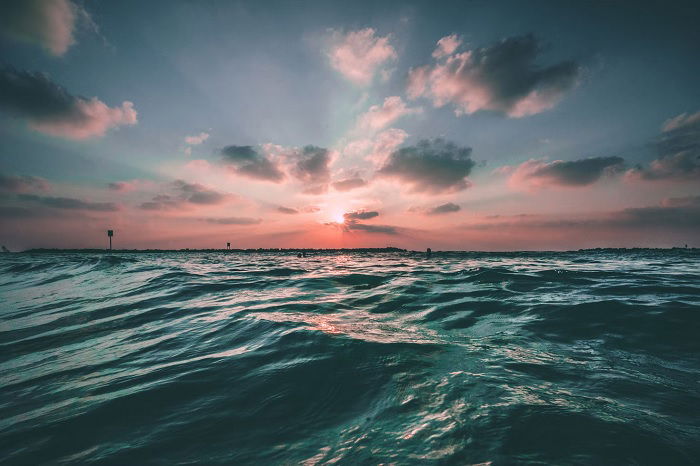
Photo by Joseph Barrientos
Taking photos underwater can have amazing results. The underwater landscape is full of beauty. And the slower motion of life and the different physics give it a magical quality.
Underwater photography isn’t easy. And you must learn special skills and have underwater equipment. But if you love the water, it’s a type of photography you have to try.
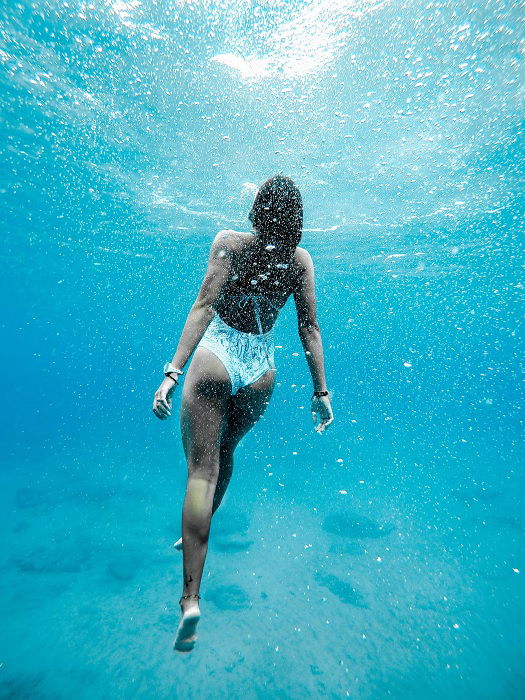
Photo by Jeremy Bishop
Technically, cityscapes aren’t part of the natural world. But cityscape photography finds beauty in a manufactured world.
It has a similar concept to landscape photography, using similar settings and compositions. But this type of photography looks at the beauty in the unnatural. Night cityscape photography is another sub-genre worth looking at.
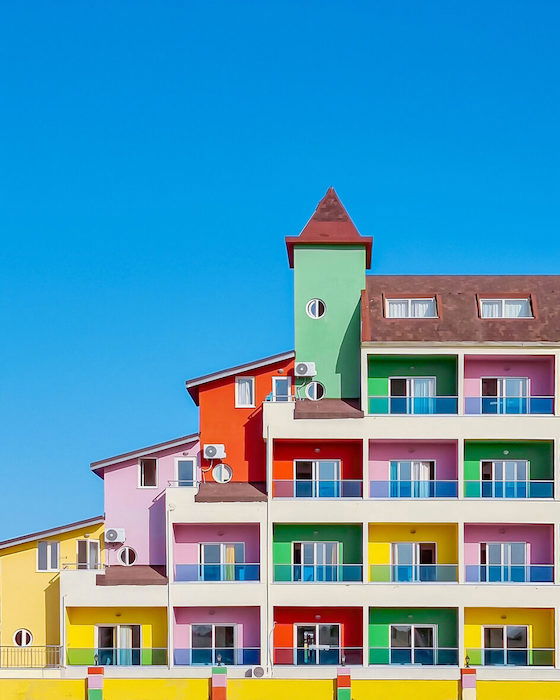
© Yener Torun (Instagram), creator of our Colorful Cityscapes eBook.
Aerial photography is the art of taking photos from the air. The photographer has a bird’s-eye view from a plane or helicopter. They take photos of the Earth directly below. These are often used to investigate land or create maps.
Aerial photography used to be inaccessible to most photographers. But the invention of the drone changed that.
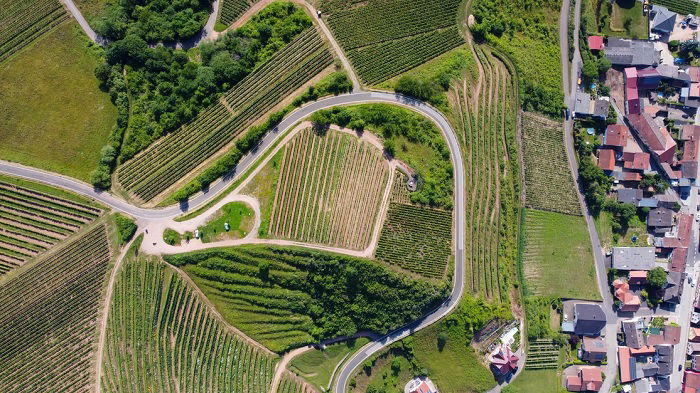
Photo by Luca J.
Astrophotography looks directly at the night sky to capture the stars and nebulae that populate our universe. Scientists use this type of photography to study the cosmos. And it’s also a pursuit of keen amateurs with a passion for stars.
The results can be spectacular. But astrophotography requires specialist skills and knowledge. As well as the correct camera settings, you need lenses and filters that enable you to shoot the night sky.
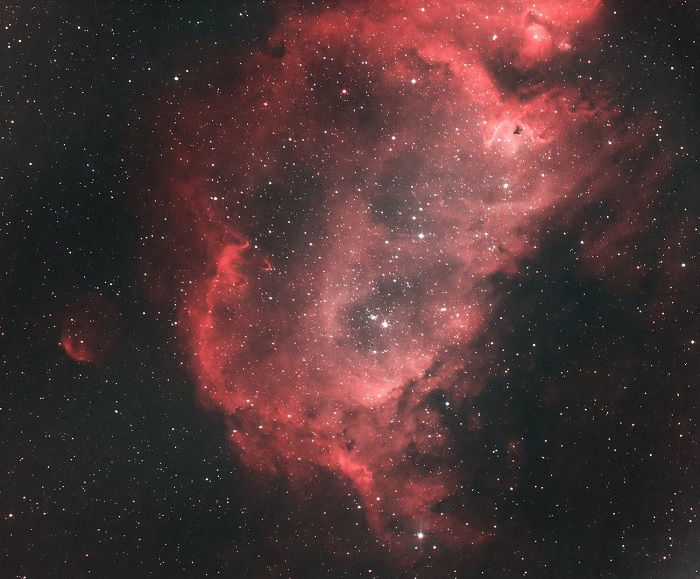
Photo by Samuel Pasteur-Fosse
Panorama photography is a branch of landscape photography. But it extends the frame’s limits, creating an ultra-wide-angle view of the scene.
To create a panorama photo, you need a 360-degree camera. Or you can create a panorama by combining several shots in Adobe Photoshop. You can also make fantastic panoramas on your smartphone.
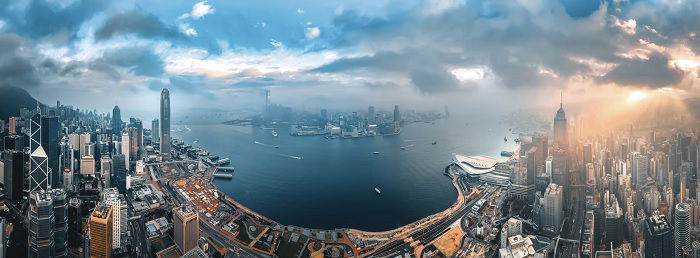
Photo by Lok Yiu Cheung
This category looks at the types of photography we use to explore and document the world. They’re the types of photography that involve human stories. Photographers plying their trade in these areas show us news from around the world and inspire us to venture out ourselves.
Photojournalism is journalism reported through the lens of a camera. Photojournalists use images rather than words to tell their stories. And thanks to them, we can view the world’s major events from our sofas.
The paparazzi boom of the ’90s and ’00s damaged the reputation of photojournalism. But photojournalists still play an important role in news media today. Without them, we’d be blind to much of what happens across the globe.
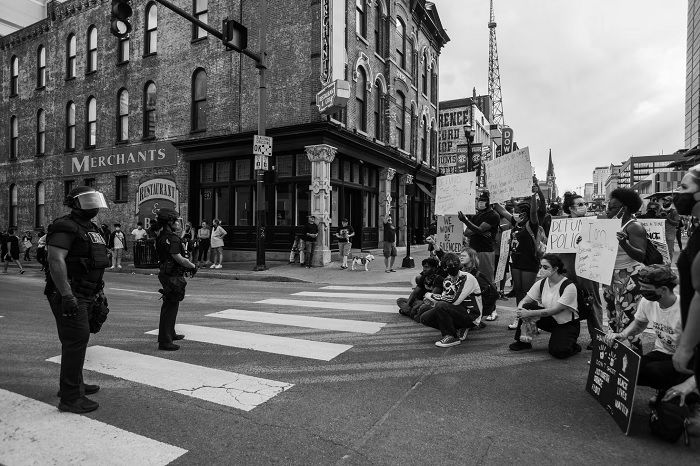
Photo by Andrew Winkler
Documentary photography has some overlap with photojournalism. But documentary photography creates narratives using photos. Photojournalism reports on stories as they happen. Documentary photography dives into themes and ideas, looking for stories.
Visual documentaries can involve lots of other types of photography. Many documentary photographers use portraits to add a human element to their narrative. Others look for candid shots for a natural feel to their storytelling.
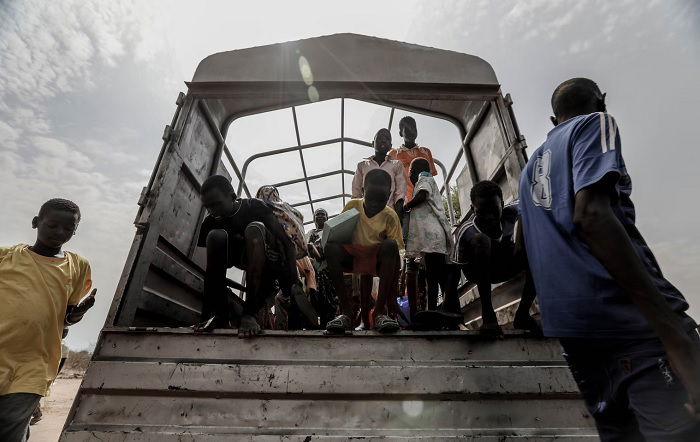
Photo by Sam Mann
Street photography is one of the most popular types of photography. Millions of street photographers worldwide love documenting what they see in their urban contexts.
Street photographers capture real life in the urban jungle. They’re candid photos documenting towns and cities. But unlike documentary photography or photojournalism, there’s no story. Street photography isn’t about narrative. The photographer is simply a present observer, not knowing the before and after.
Every country has different rules and laws about taking pictures in public places. It’s a tricky subject, and you should proceed cautiously, especially if you’re shooting in a foreign country. It’s always good to know your rights as a street photographer.
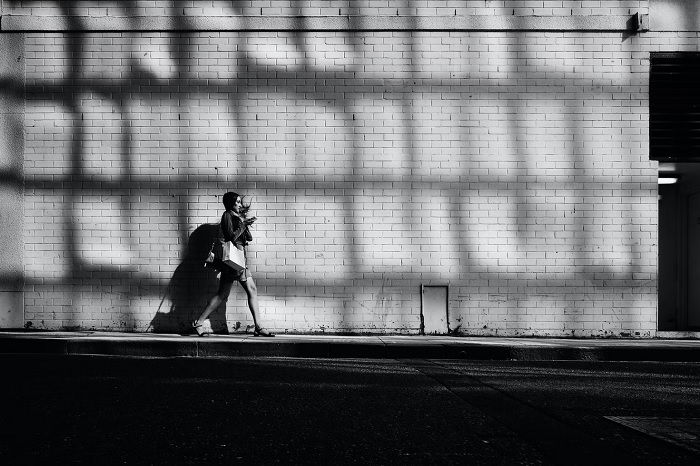
Photo by Ivan Tsaregorodtsev
Travel photography uses the camera to document and study remote and exotic places. Most people can only travel for a week or two each year. And they’re limited by budgets and life commitments.
But travel photography allows us a glimpse of corners of the globe we can barely imagine. Travel photographers expand our knowledge of the world, introducing us to new landscapes and cultures. They fire up our imagination and inspire us to strap on our backpacks and head out the door.
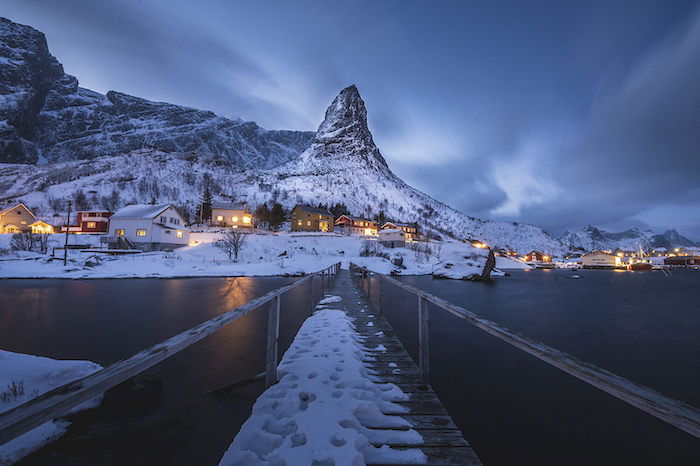
© Dave Williams (Instagram), creator of our Next Stop: Travel Photography eBook.
Urban exploration, or “urbex,” takes you to abandoned places. You venture into old factories and derelict buildings with a camera around your neck. These places litter our urban landscapes, though many are long forgotten.
Urbex is a lot of fun. But it’s one of the more dangerous types of photography. Old factories aren’t playgrounds, and many are falling apart. You should be safe and take precautions on an urban exploration photography shoot.
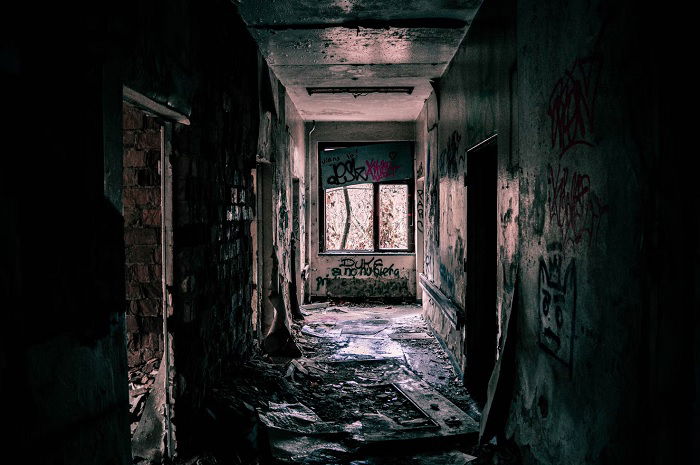
Photo by Danique Dohmen
Editorial photography accompanies stories and interviews in magazines and online publications. They can involve celebrities, sports stars, fashion brands, or movie releases. Or they can be conceptual editorial pieces that relate to a story or person.
Editorial photographers have a lot of creative freedom. They can choose how they want to make their set of photos. They can do natural portraits or candid documentary shots. Or they can make stylistic images with visual techniques and effects.
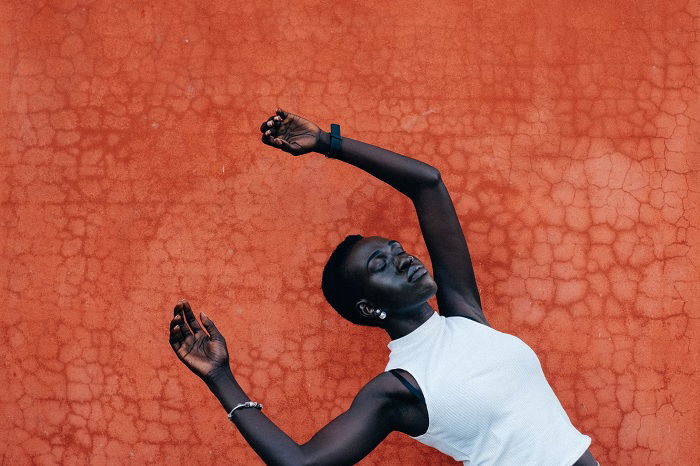
Photo by Alvin Balemesa
This type of photography isn’t for everyone. It’s extremely dangerous, and you need the courage to take war pictures. War photography is a branch of photojournalism. But it deserves its own place on our list due to its high-risk nature.
War photography shows us the true horrors of war. War journalism is often sterile, focusing on locations and numbers. But war photography tells us the true human cost of war.
War photographers show us the harsh reality of conflict, carnage, violence, and suffering. War photography isn’t easy to look at. But it’s important we do.
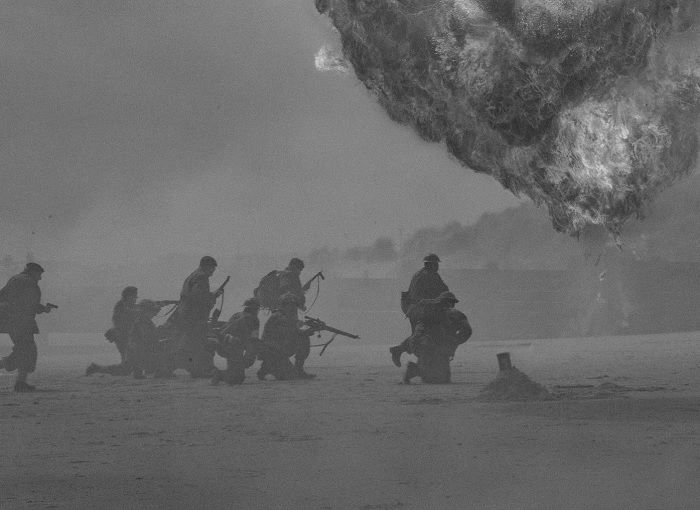
Photo by Duncan Kidd
There are plenty of types of photography that involve action. But real action photography comes from the center of the action. It’s shot from an action photographer’s point of view.
There are some excellent camera options for action photography, with the GoPro being the most famous brand. This type of photography is about sharing your action-packed experiences with others.
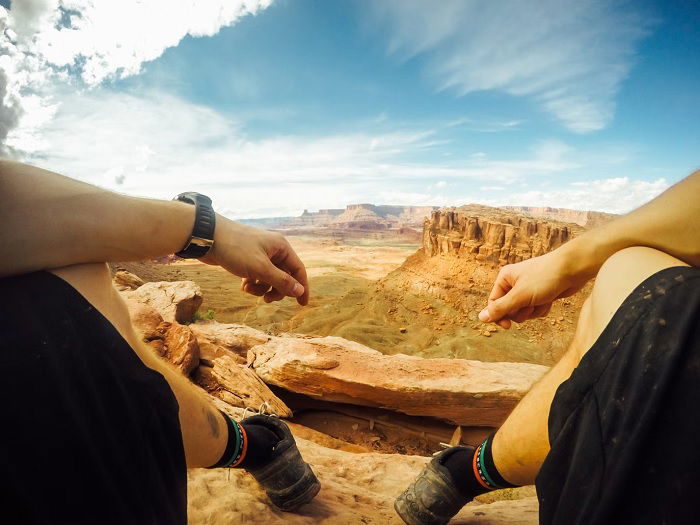
Photo by Tim Foster
The list of artistic photography genres looks at creative types of photography. Of course, all photography is creative. But these genres involve an artist’s vision and creative techniques.
All types of photography can be considered art. But fine art photography aims to create images that are pieces of art in their own right. There’s no need for narrative or context. The photo is an artwork in its purest form.
Fine art photography can involve other types of photography. Fine art photographers often use portraits and self-portraits. And they also use still life, abstract, and conceptual photography. They use in-camera and post-processing techniques to explore new avenues of image-making.
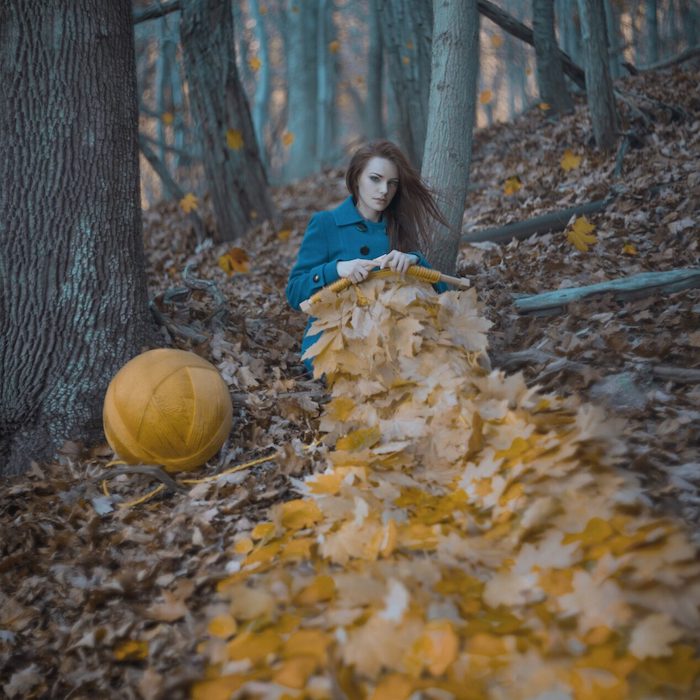
© Anya Anit (Instagram), creator of our Creative Portrait Concepts eBook.
Still life photography looks at inanimate objects. Much like in still life paintings, the object of still life photography can be a single item or a collection of items. They can be connected, or they can be completely unrelated.
Still life photography has a strong connection to fine art photography. They both want to have a beautiful image. The photographer wants to change the ordinary into the extraordinary. It’s an exploration of color, shape, and meaning.
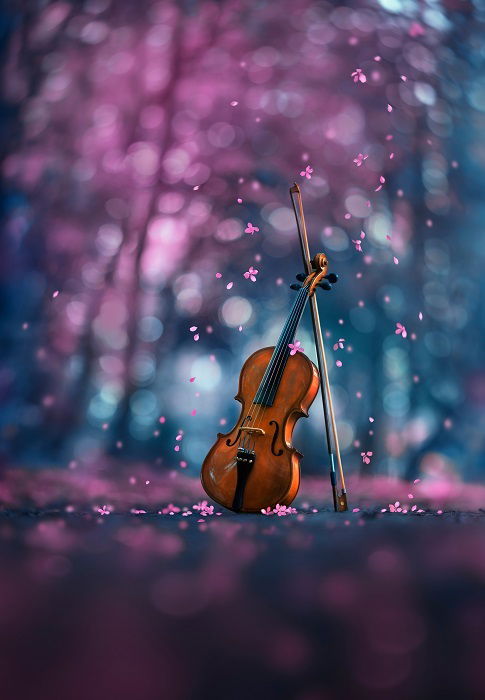
© Ashraful Arefin (Instagram), creator of The Magical Photography Spellbook.
Abstract photography takes objects out of their normal context. It strips the subject of its meaning, so it’s nothing more than a form. Abstract photographers look for shapes and patterns in their environment. And they frame them in an aesthetically pleasing way.
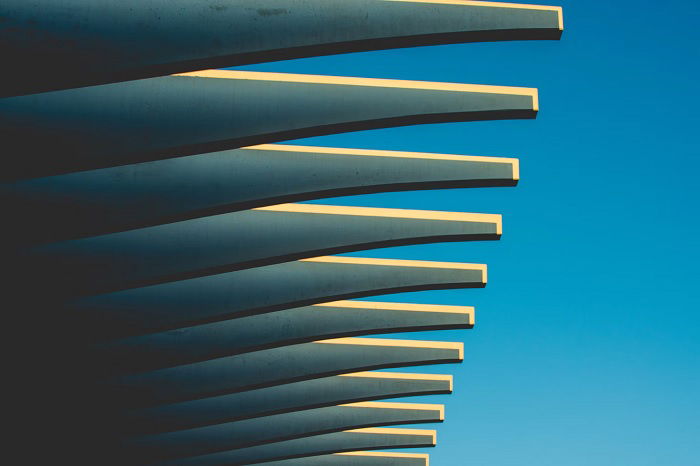
Photo by Nick Van Den Berg
Minimalism takes a “less is more” approach to photography. Examples of minimalist photography are simple, containing very little in the image. The photos are uncluttered and have a strong and dynamic composition. The negative space adds power to the subject.
Minimalist photography can be powerful and eye-catching thanks to the use of a few interesting elements.
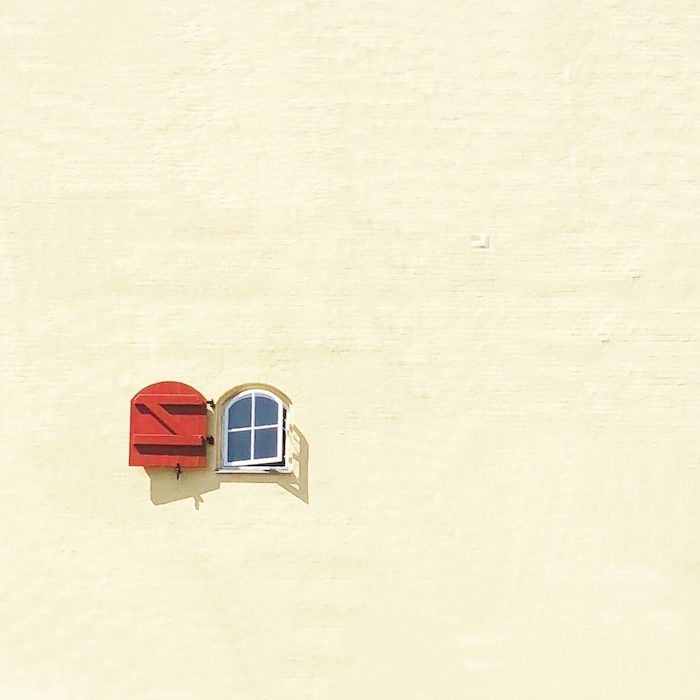
© Karen Vikke (Instagram), creator of our Urban Smartphone Minimalism eBook.
If you love fairy tales and magical adventures, you should look into fantasy photography. This genre is about creating worlds and characters and using them to tell stories with your photos.
Fantasy photography involves elaborate set designs and costumes. They’re used to create myths and legends from other worlds. They have princes and princesses, witches and wizards.
Fantasy photographers explore their imagination. They adopt old fairy tale tropes and themes. And they also develop brand new stories for people to get lost in.
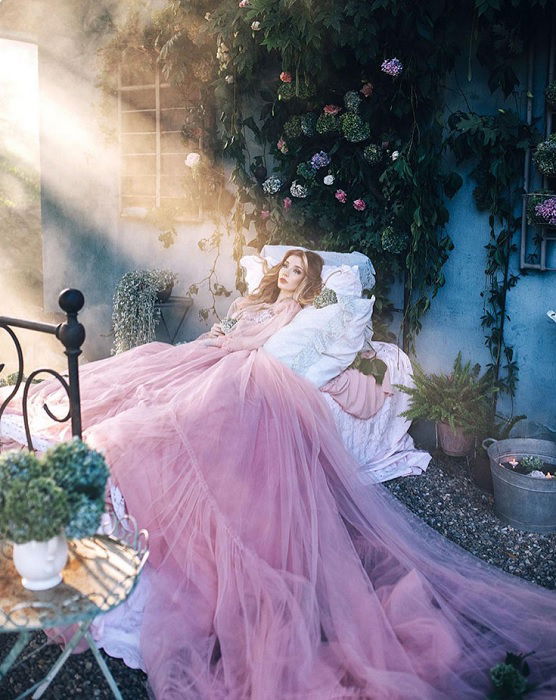
© Jovana Rikalo (Instagram), creator of our Fairytale Portraits video course.
Double or multiple exposures were one of photography’s first types of composite image-making. With a film camera, you create a double exposure by exposing the same section of film twice. This gives you two images in one photo.
You can also create double exposures in digital photography. You take two photos separately, then bring them together in post-processing. Two popular editing programs for this are Adobe Photoshop and Luminar Neo.
Multiple exposure photography is something every photographer should try.
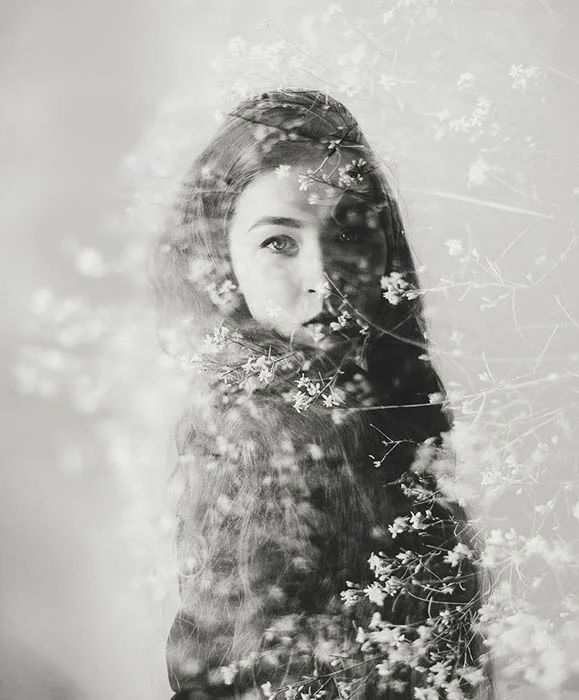
© Taya Ivanova
Double exposure is a form of composite imaging. But many artists have taken composite photography to new places thanks to digital technology. They combine images in Photoshop to create one piece of artwork. It’s often called digital collage.
Photoshop and Luminar Neo are the best editing software for composite photography.
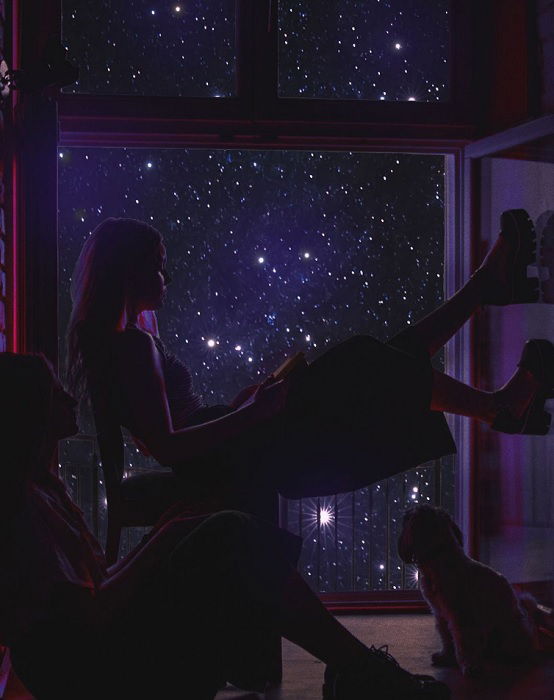
© Anna Maghradze (Instagram), creator of our Digital Dreamworlds eBook.
Even if you don’t know it, we’ve all seen time-lapse photography in nature documentaries. They show a flower blooming in just a few seconds. Videos like this are created by taking a series of pictures at set time intervals. Then they’re brought together to create a time-lapse video.
Time-lapse footage looks fantastic. And it’s not as complicated as you might think. You can try your hand at time-lapse photography. You only need a digital camera, a few pieces of equipment, and editing software like Photoshop.
The subject can be anything that changes over time. You can shoot a flower growing or dying. Or maybe you prefer snow or ice melting. You can also try a night sky time-lapse if you’re into astrophotography.
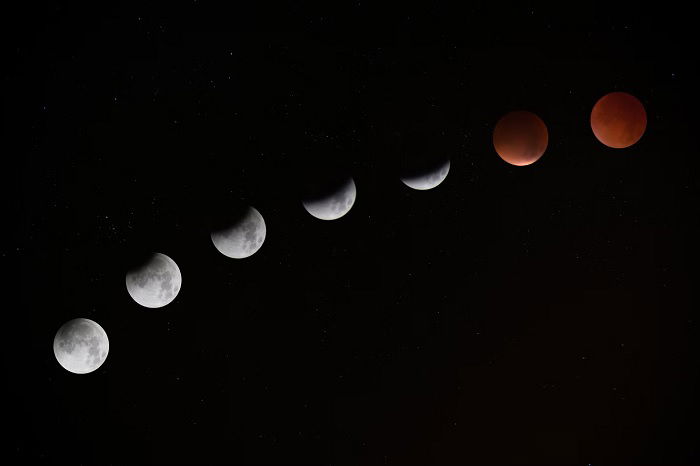
Photo by Jake Hills
You might be able to guess what long-exposure photography is from the name. It’s a form of photography that uses long exposure times to create fun and interesting images.
Motion blur is something many photographers avoid. But long exposure photography uses motion blur as a creative effect. It works well at night when artificial lights draw lines in the darkness. This could be the headlights of a car in motion. Or you can write words with a glow stick.
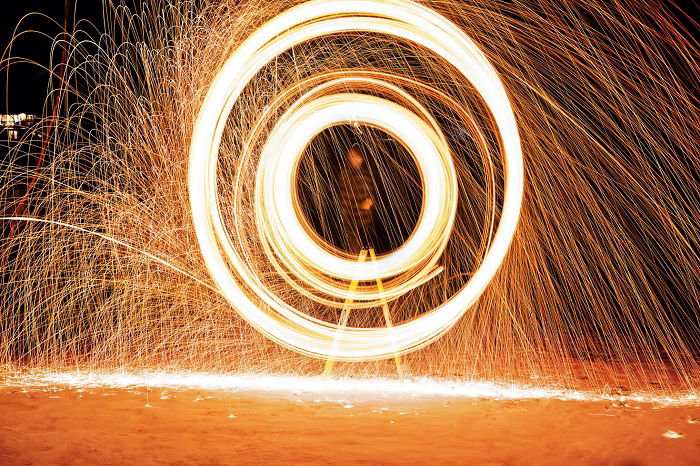
Photo by Todd Quackenbush
Blacklight photography uses ultraviolet light instead of white light. White light is the light produced by standard lamps and flashes. It illuminates the world around us. But black or ultraviolet light can’t be seen by the human eye.
Our eyes can’t see black light, but our camera sensors can. And you can use black light in photography to create incredible images with neon colors. You can get creative with glow sticks and UV body paint.
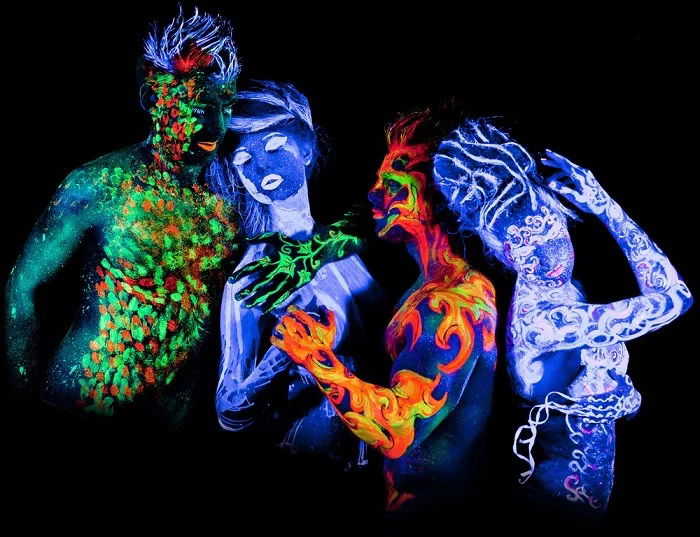
Photo by Arkusha
You might think black and white is a style rather than a type of photography. Any photography on this list can be in color or black and white. You can even take a color portrait and make it black and white in Photoshop or Lightroom.
While you can change from color to black and white with any genre, black-and-white photography is a unique pursuit.
When you shoot in black and white, you look for different things. You can’t rely on color to get attention. You have to find other things to make your images interesting. Contrast, texture, and composition really add to black-and-white photos.
Flat lay photography is where you arrange items on a flat surface and take a photo from above. Your flat surface is the canvas on which you paint your picture. You can create themed images. Or you can use them to send messages.
Flat lay photography is becoming more popular in social media and advertising photography. It’s a new way of presenting items and promoting themes. Flat lay food photography is a popular niche.

© Dina Belenko (Instagram), author of our Flat Lay Photo Fever eBook.
High dynamic range (HDR) photography produces images with strong color vibrancy and intense detail. The basic concept is taking several pictures of the same scene, each with different exposure settings. Then you combine them into one image.
HDR photography takes some practice. But you soon get the hang of it if you’re using a program like Adobe Photoshop.
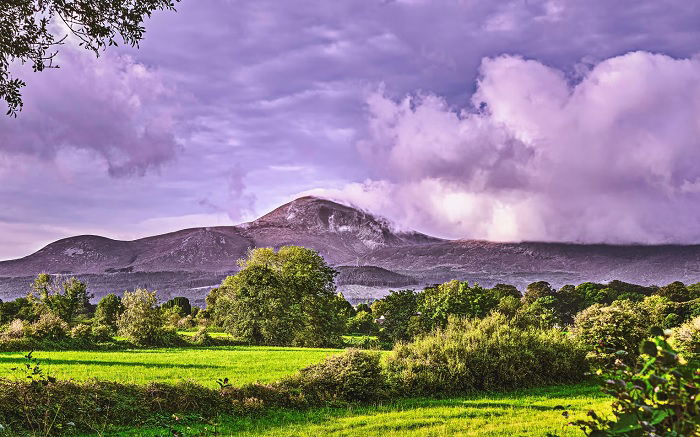
Photo by K. Mitch Hodge
Crystal ball photography is centered around one specific prop—a crystal ball. They have a magical quality. And they manipulate light, giving you reflections and shapes.
There are plenty of ways to experiment when shooting crystal ball photography. It won’t tell you your future. But you have fun creating magical images!
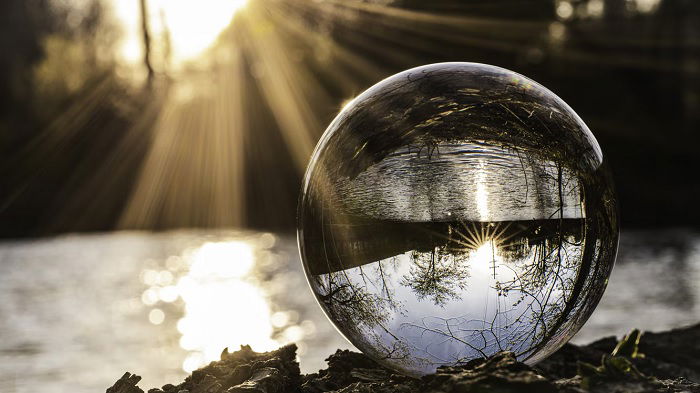
Photo by Brad West
Any type of photography can be a business. Professionals make money from every type of photography genre. But the types of photography in this section are genres used in other businesses.
Product photography is the art of taking pictures of products so they can be sold. Product photography images are used on sales pages online and in print.
The aim is to show the product in its best light. A product photographer is not developing an advert. Their job is to create a presentable image of the product so potential buyers know what they’re buying.
Product photography is often simple, with the product on a white backdrop. But there are ways you can get creative, too. You can add themes that relate to the product. And product photos can be developed into advertising campaigns.
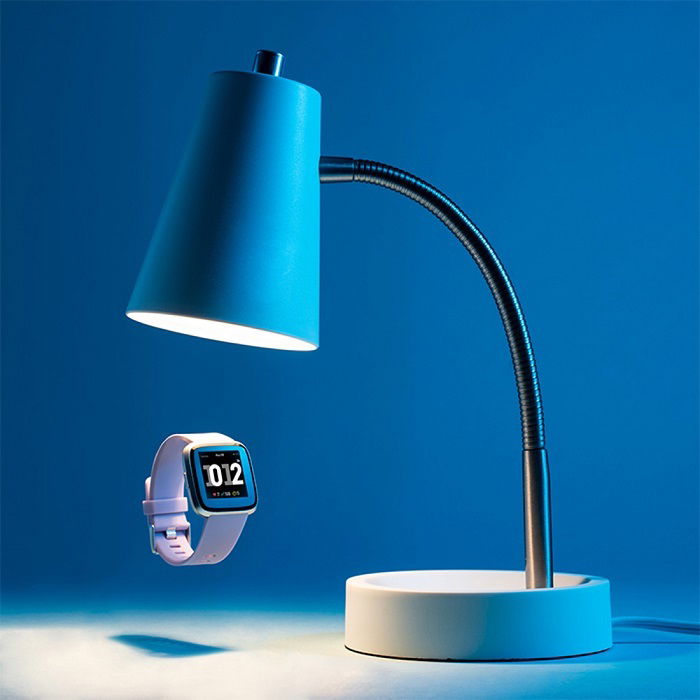
© Chad and Daphne Versoza (Instagram), creators of our Products in Focus eBook.
Food photography is a big industry in its own right. Food magazines, blogs, and menus all need photos of fabulous food. And making food look good is harder than you might think.
We all love food. And it’s easy to get excited about food when you can smell and taste it. But making people’s tummy growl with just an image takes some effort. Food photographers require the right skills, knowledge, and equipment. But if you do it well, it can be a lucrative career.
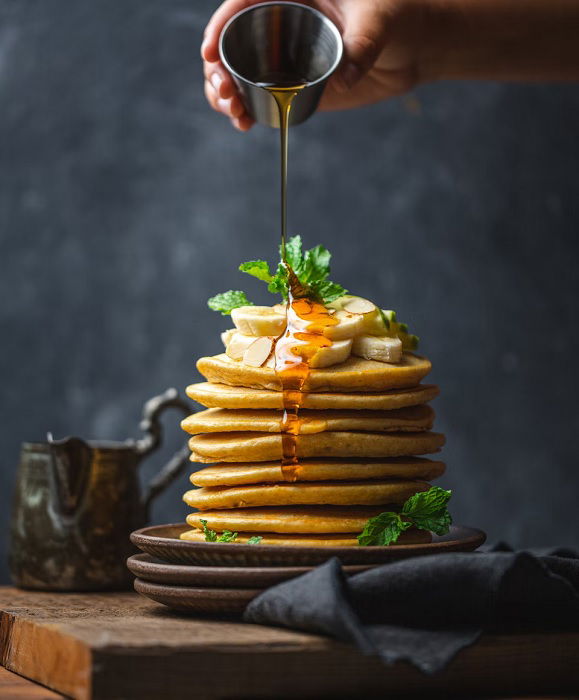
Photo by Chad Montano
As you might have guessed, architecture photography is the art of shooting buildings and other structures. This might be to celebrate the architecture. And the shapes and lines are often highlighted in minimalist or abstract photography.
Architects and surveyors use architectural photography. You find it in magazines and advertisements. Sometimes, the architecture is the product on display. Other times, the buildings are symbolic of something else.
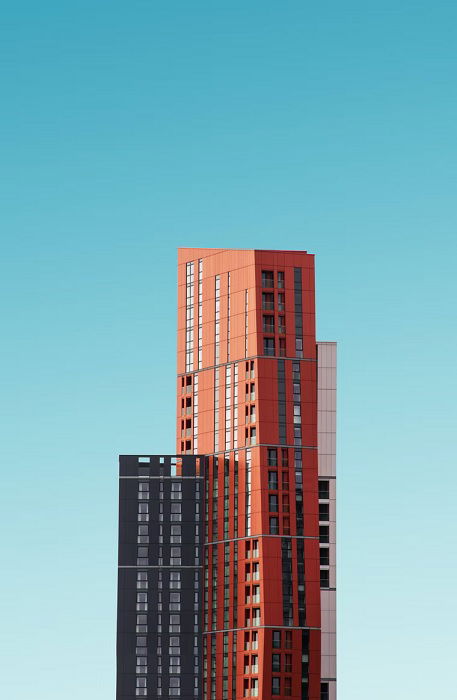
Photo by Simone Hutsch
Real estate photography plays a vital role in selling and renting properties. Real estate photographers must have the property looking its best in the photos. These will be displayed on the agent’s websites and directories. And they want people to buy.
You need plenty of photography skills for a successful real estate photography business. You need to capture a whole room in one shot. And you want to make a simple room look like a honeymoon suite. If you can do that, there’s money to be made.

Photo by Kara Eads
Social media is one of the new kids on the block. It’s certainly not one of the traditional types of photography. But for many young businessmen and women, social media is where they make their money. And social media photography plays a huge part in their success.
The photos must look professional when promoting your products or services on social media. You need to know how to use a smartphone for photography. And you need to know how to present and format your work. Even taking the perfect selfie requires skill.
Social media photography requires specialist skills and knowledge. Understanding them will help you succeed online.
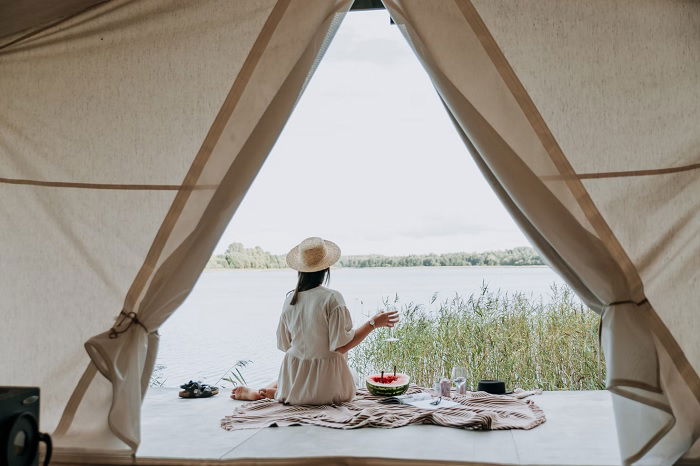
Photo by Lucija Ros
Commercial photography is the creation of images used for commercial purposes. It can involve advertising campaigns for products, or it can be photography for brand marketing.
Commercial photographers will use portrait, fashion, and product photography. Art directors and marketing experts may join the photographers. Together, they’ll build a commercial campaign.
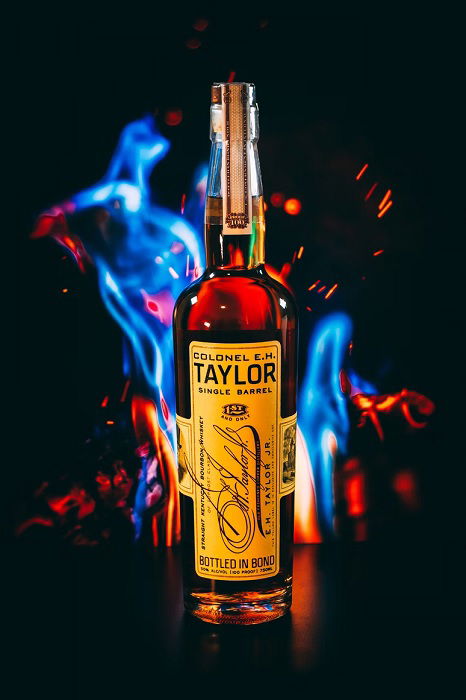
Photo by Daniel Norris
On the path to becoming a photographer, picking up the camera is the first step. Then you need to decide which direction you want to take. And as you can see from our list, there are tons of options.
You can focus on people photography, creating intimate and personal portraits. Or you can explore and study the natural world with landscape or wildlife photography. Or perhaps you want to report on the biggest stories across the world.
Don’t feel intimidated by the various types of photography. You don’t have to stick to just one. You can experiment with as many as you like! Try new photography niches and combine genres. When it comes to photography, there is no wrong direction.